Invasive Alien Plants in South Africa

Among the most widespread crops in South African gardens are literally dangerous invaders. These invasive alien crops in South Africa could seem stunning, however they hurt native ecosystems, displace indigenous crops, and break environmental legal guidelines.
Many owners unknowingly domesticate these non-native species, unaware of their unfavourable influence on biodiversity and water assets. If left unchecked, they unfold aggressively, choking out indigenous flowers and altering total ecosystems.
This information highlights 10 of the worst invasive alien crops in South Africa and supplies eco-friendly alternate options to switch them. Moreover, we’ll discover different widespread alien crops generally present in gardens that must also be eliminated.
What Are Invasive Alien Crops & Why Are They a Drawback?
Definition:
Invasive alien crops (IAPs) in South Africa are non-native species which have been launched deliberately or by chance. Attributable to their quick progress and aggressive unfold, they outcompete indigenous crops, threatening native biodiversity.
Why Are They Dangerous?
- Scale back Indigenous Plant Range – Many alien species overtake native crops, altering habitats.
- Destroy Wildlife Habitats – They influence meals sources, nesting websites, and soil well being.
- Improve Water Consumption – Some species deplete water sources, worsening South Africa’s water crisis.
- Extremely Flammable & Improve Fireplace Threat – Many dry out rapidly, fueling harmful wildfires.
- Legally Prohibited – A number of Class 1 crops should be eliminated by legislation.
Resolution: One of the best ways to defend native ecosystems is to determine, take away, and change invasive alien crops with indigenous alternate options.
10 Frequent Invasive Alien Crops in South Africa
1. Billygoat Weed & Mexican Ageratum
Appears Like: A gentle, hairy-leaved plant with mauve, blue, pink, or white fluffy flowers blooming year-round.
Class: 1 (Unlawful in SA)
Discovered In: Japanese Cape, KwaZulu-Natal, Limpopo, Mpumalanga
Why It’s a Drawback:
- Spreads quickly year-round by producing 1000’s of seeds.
- Extremely poisonous to people and pets.
- Displaces indigenous wildflowers, decreasing plant range.
Different details: One wants to notice that this plant’s hybridised types can be found these days. Due to agricultural science, hybrids are sterile and don’t produce seeds. Ageratum is an efficient mosquito repellent when grown within the backyard. Moreover, it has insecticidal and nematicidal (nematodes) properties.
Eco-Pleasant Options: Scabiosa ‘Butterfly Blue,’ Felicia ‘Glenwood,’ or sterile Ageratums.
2. Mom of Tens of millions (Chandelier Plant)

Appears Like: A Madagascan succulent with noticed, pencil-shaped leaves and shiny orange to magenta flowers.
Class: 1 (Unlawful in SA)
Discovered In: Gauteng, KwaZulu-Natal, Limpopo, Mpumalanga
Why It’s a Drawback:
- Produces 1000’s of small plantlets, spreading aggressively.
- Poisonous to livestock and pets.
- Outcompetes indigenous rocky outcrop vegetation.
Eco-Pleasant Options: Cotyledon flanaganii, Aloe cooperii, Senecio ficoides.
3. Indian Shot (Canna Lily)

Appears Like: A tropical flowering plant with massive inexperienced or bronze-purple leaves and crimson/orange flowers.
Class: 1 (Unlawful in SA)
Discovered In: KwaZulu-Natal, Gauteng, Japanese & Western Cape, Mpumalanga, Limpopo
Why It’s a Drawback:
- Spreads aggressively through seeds and underground rhizomes.
- Types dense clumps, outcompeting native crops.
- Consumes massive quantities of water, harming wetlands.
Different details: Individuals usually use the arduous black seeds of this plant for jewelry making and for rattles in some musical devices. Additionally it is used to make purple dye. The rhizomes of this canna are edible when cooked and are even medicinal. You may even make paper from the leaves of this plant. We’re not encouraging you to maintain Canna Lillies in your backyard by stating all these attention-grabbing details. We are saying you should utilize their elements when eradicating the invasive Canna crops. Many non-invasive Canna hybrids exist, which are literally much more decorative.
Eco-Pleasant Options: Wachendorfia thyrsiflora, Zantedeschia aethiopica, or non-invasive Canna hybrids.
4. Blue Echium (Blueweed)

Appears Like: A 1m-tall biennial lined in coarse white hairs, with blue or purple flowers blooming October-April.
Class: 1 (Unlawful in SA)
Discovered In: Western Cape, Free State, Gauteng
Why It’s a Drawback:
- Spreads quickly, invading farmlands, pastures, and roadsides.
- Poisonous & skin-irritating to people and animals.
Different details: Individuals usually add the flowers of this plant, to salads, crystallise it, or make it right into a cordial. Moreover, they usually use the roots of this plant to make a crimson dye. When working with this plant, bear in mind to put on gloves, because the hairs on this plant can damage you and are a pores and skin irritant.
Eco-Pleasant Options: Limonium perezii, Aristea ecklonii, Lobostemon fruticosus.
5. Morning Glory (Frequent & Perennial)

Appears Like: A climbing vine with heart-shaped leaves and purple-blue or magenta funnel-shaped flowers.
Class: 1 & 3 (Unlawful in some provinces)
Discovered In: KwaZulu-Natal, Gauteng, Mpumalanga, Limpopo, Japanese & Western Cape
Why It’s a Drawback:
- Types dense progress, choking bushes and shrubs.
- Spreads quickly through advantageous seeds.
Eco-Pleasant Options: Thunbergia grandiflora, Petrea volubilis, Wisteria sinensis.
6. Tick Berry (Lantana)

Appears Like: A 2m-tall shrub with tough, scented leaves and flat-topped flower clusters in pink, crimson, orange, or yellow.
Class: 1 (Unlawful in SA)
Discovered In: Western Cape, Japanese Cape, KwaZulu-Natal, Mpumalanga, Limpopo, North West
Why It’s a Drawback:
- Birds unfold the seeds, making it arduous to manage.
- Toxic to livestock and people.
Different details: This plant has change into so invasive primarily attributable to people who plant them of their gardens. As quickly because it produces seed, this plant can ‘escape’ through seed dispersal. Some individuals declare to have cultivated sterile flower varieties. Sadly, we can not all the time belief these varieties. Years in the past, a pure yellow type introduced out was meant to be sterile, however it will definitely turned invasive. Lantana leaves are very medicinal. Some artful individuals use the plant’s stems to make furnishings.
Eco-Pleasant Options: Polygala fruticosa, Orphium frutescens, Verbena hybrids.
7. St Joseph’s Lily (Trumpet Lily)

Appears Like: A 2m-tall bulbous plant with shiny slender leaves and massive, aromatic white flowers.
Class: 1 (Unlawful in SA)
Discovered In: Japanese Cape, KwaZulu-Natal, Gauteng, Mpumalanga, Limpopo
Why It’s a Drawback:
Invasive in wetlands and grasslands.
Spreads through seeds and bulbs, forming dense clumps.
Different details: An interesting truth is that the plant’s bulb may be very a lot edible, and it may be cooked and eaten like a potato. It is extremely wealthy in starch.
Eco-Pleasant Options: Amaryllis belladona, Zantedeschia aethiopica, non-invasive lily hybrids.
8. 4 o’clock plant

Appears Like: A bushy shrub with aromatic tubular flowers that open within the night.
Class: 1 (Unlawful in SA)
Discovered In: Gauteng, Limpopo, Mpumalanga, North West
Why It’s a Drawback:
- Takes over dry sandy areas.
- Spreads simply through seeds.
Different details: It is a slightly complicated plant as individuals have various opinions on what to make use of this plant for. Some individuals say it’s edible to a sure extent and that they’ll make crimson dye from the flowers. Standard opinion is that one can use the dye for meals colouring. Then again, some individuals say it’s toxic. One confirmed use is that you should utilize the crimson dye created from the flowers for dying materials.
Eco-Pleasant Options: Azalea hybrids, Cistus species, Pentas lanceolata.
9. Oleander

Appears Like: A tall evergreen shrub with darkish inexperienced leaves and pink, crimson, or white flowers.
Class: 1 (Unlawful in SA)
Discovered In: Japanese & Western Cape, KwaZulu-Natal, Mpumalanga
Why It’s a Drawback:
- Spreads aggressively through wind-dispersed seeds.
- Extremely poisonous to people and animals.
Different details: Oleander is a medicinal plant, though one of many world’s most poisonous crops. It’s best to go away the plant’s medicinal use to the professionals who know the way to work with it! Not solely is Oleander toxic when consumed, however it would additionally extremely irritate your pores and skin when you come into contact with the milky sap. Moreover, when it burns, it releases poisonous fumes.
Eco-Pleasant Options: Bauhinia galpinii, Escallonia ‘Pink’, Rhaphiolepis indica ‘Pink’.
10. Wandering Jew

Appears Like: A ground-cover creeper with bluish-green leaves with silver bands.
Class: 1 (Unlawful in SA)
Discovered In: Japanese Cape, however can unfold elsewhere.
Why It’s a Drawback:
- Causes pores and skin irritation in pets and people.
- Spreads aggressively through stems and roots.
Different details: The plant has medicinal properties, however is barely for use by those who know what they’re doing.
Eco-Pleasant Options: Crassula multicava, Tradescantia virginiana hybrids, Ajuga reptans.
Different Frequent Invasive Alien Crops in South African Gardens
Past the Class 1 invaders we’ve lined, there are many different non-native crops thriving in South African gardens. Whereas these species is probably not as aggressively dangerous, they nonetheless disrupt native ecosystems, unfold uncontrollably, and threaten indigenous biodiversity.
Listed below are a few of the most typical invasive crops present in gardens throughout South Africa:
1. Syringa (Melia azedarach) – Persian Lilac
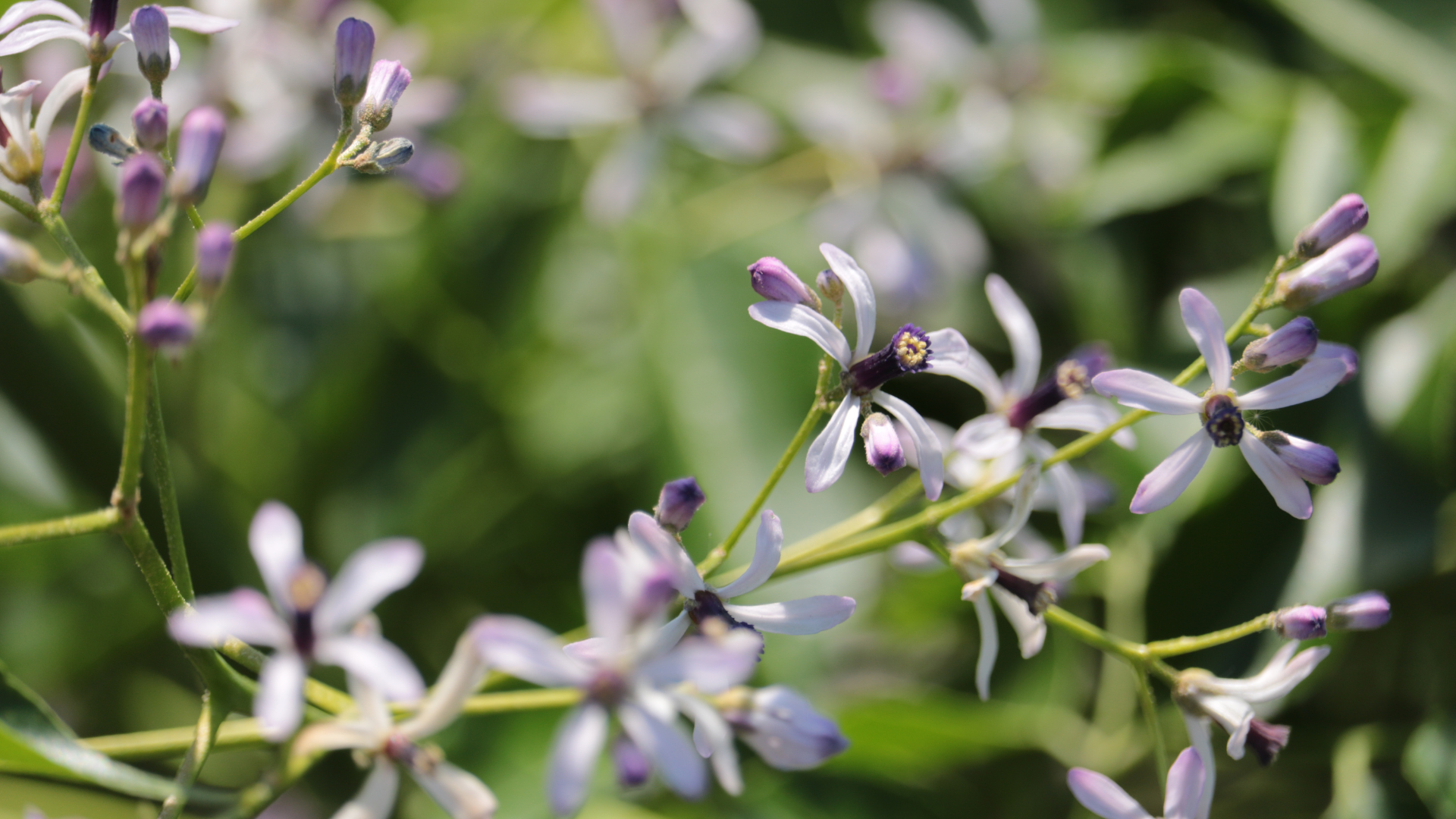
- Why It’s a Drawback: This fast-growing shade tree produces clusters of purple flowers adopted by extremely poisonous yellow berries, which birds unfold. It outcompetes native bushes in city areas.
- Higher Various: Buddleja saligna (False Olive), Halleria lucida (Tree Fuchsia).
2. Sword Fern (Nephrolepis exaltata) – Wild Boston Fern
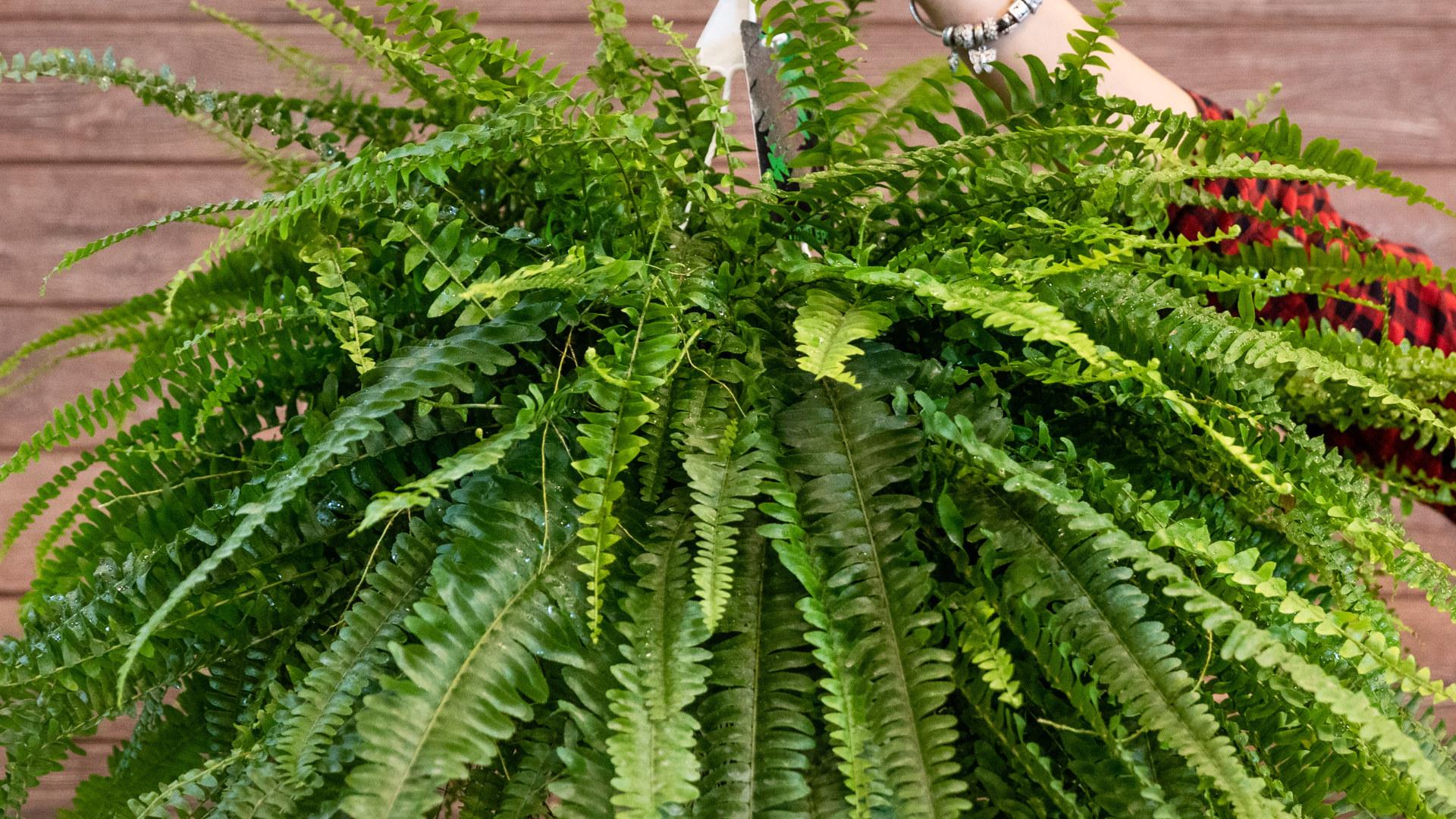
- Why It’s a Drawback: A preferred decorative fern that spreads by creeping rhizomes, forming dense carpets that choke indigenous undergrowth.
- Higher Various: Blechnum capense, Asparagus virgatus.
3. Australian Black Wattle (Acacia mearnsii)
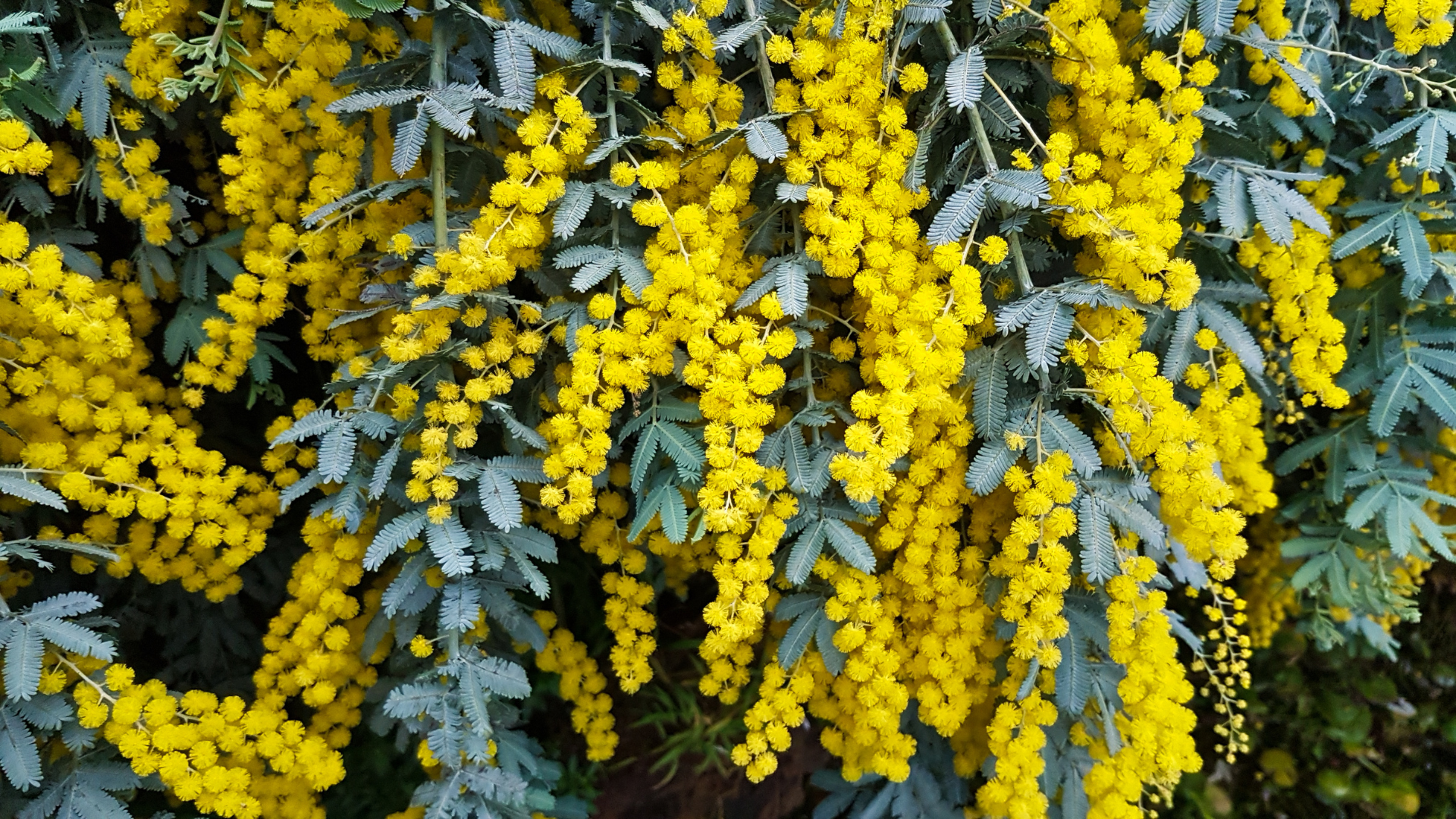
- Why It’s a Drawback: A particularly invasive tree that consumes huge quantities of water, decreasing groundwater availability for native crops. It additionally will increase hearth dangers.
- Higher Various: Virgilia divaricata (Keurboom), Acacia karroo (Candy Thorn).
4. Jacaranda (Jacaranda mimosifolia)
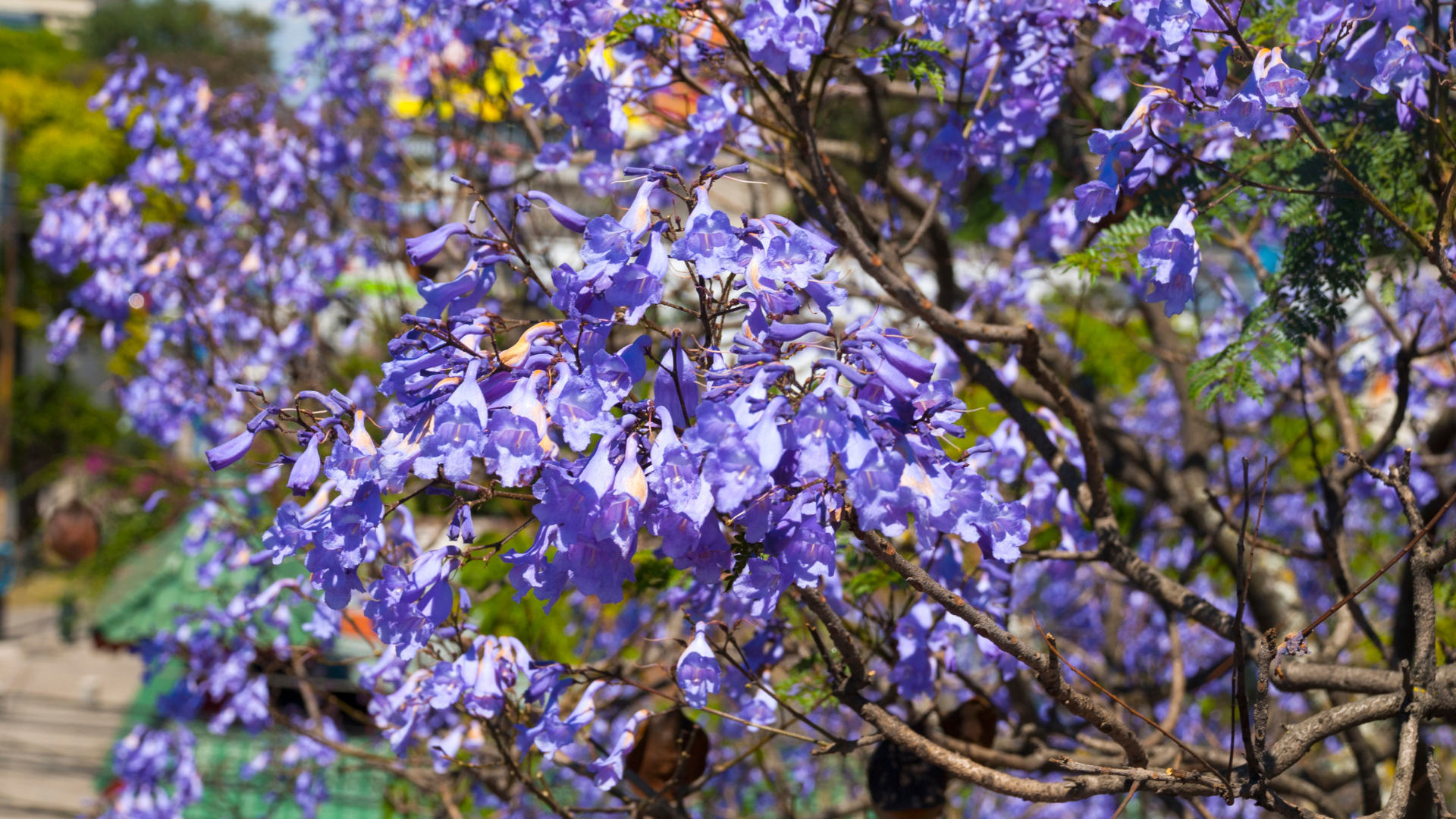
- Why It’s a Drawback: Regardless of its magnificence, this tree is an invasive water-hungry species that spreads quickly by seed dispersal, significantly in Gauteng and Pretoria.
- Higher Various: Dombeya rotundifolia (Wild Pear), Bolusanthus speciosus (Tree Wisteria).
5. Pampas Grass (Cortaderia selloana)
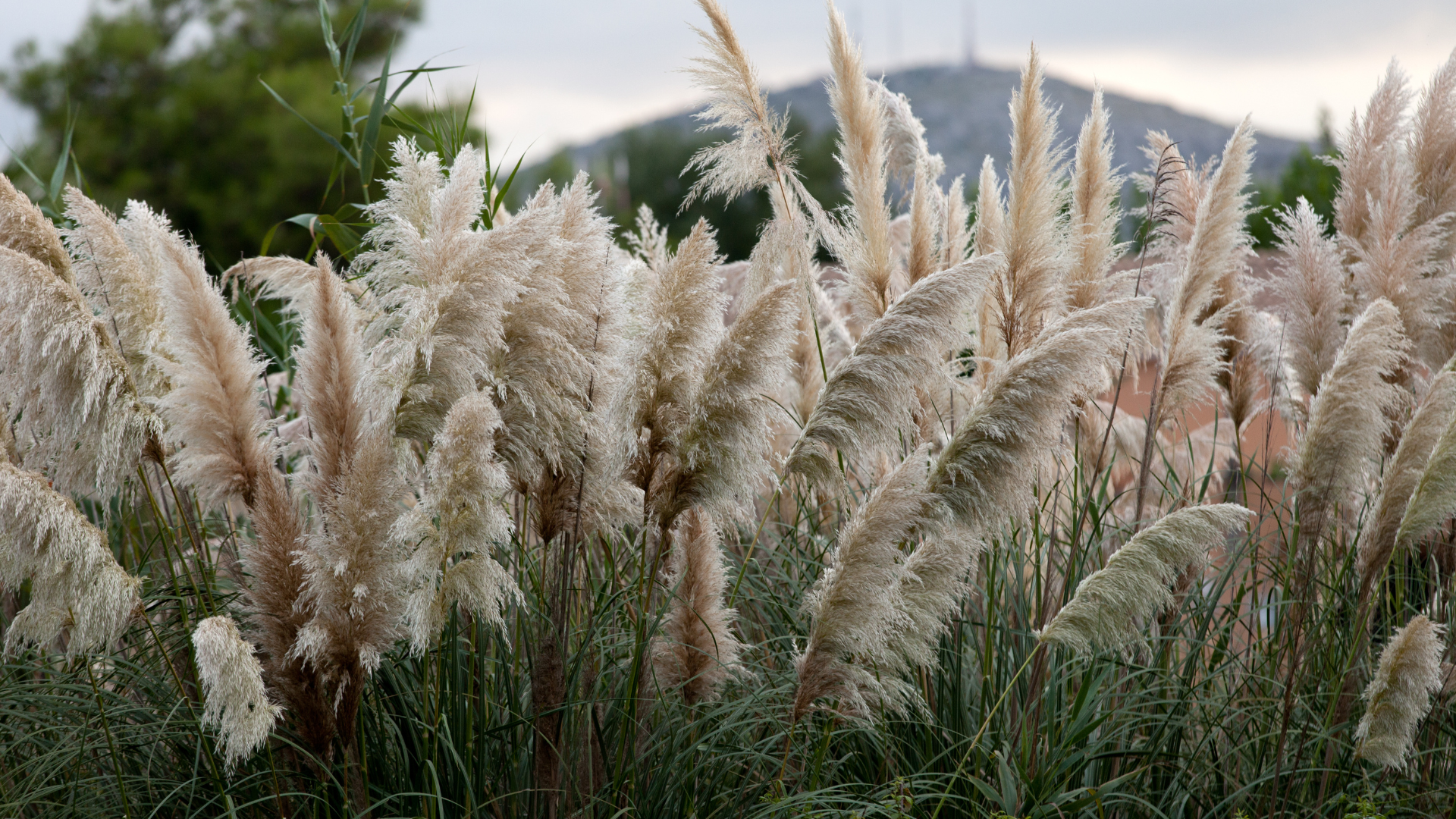
- Why It’s a Drawback: A quick-spreading decorative grass that invades wetlands and grasslands, outcompeting native grasses.
- Higher Various: Aristida junciformis (Ngongoni Three-Awn), Miscanthus capensis.
6. Bugweed (Solanum mauritianum)
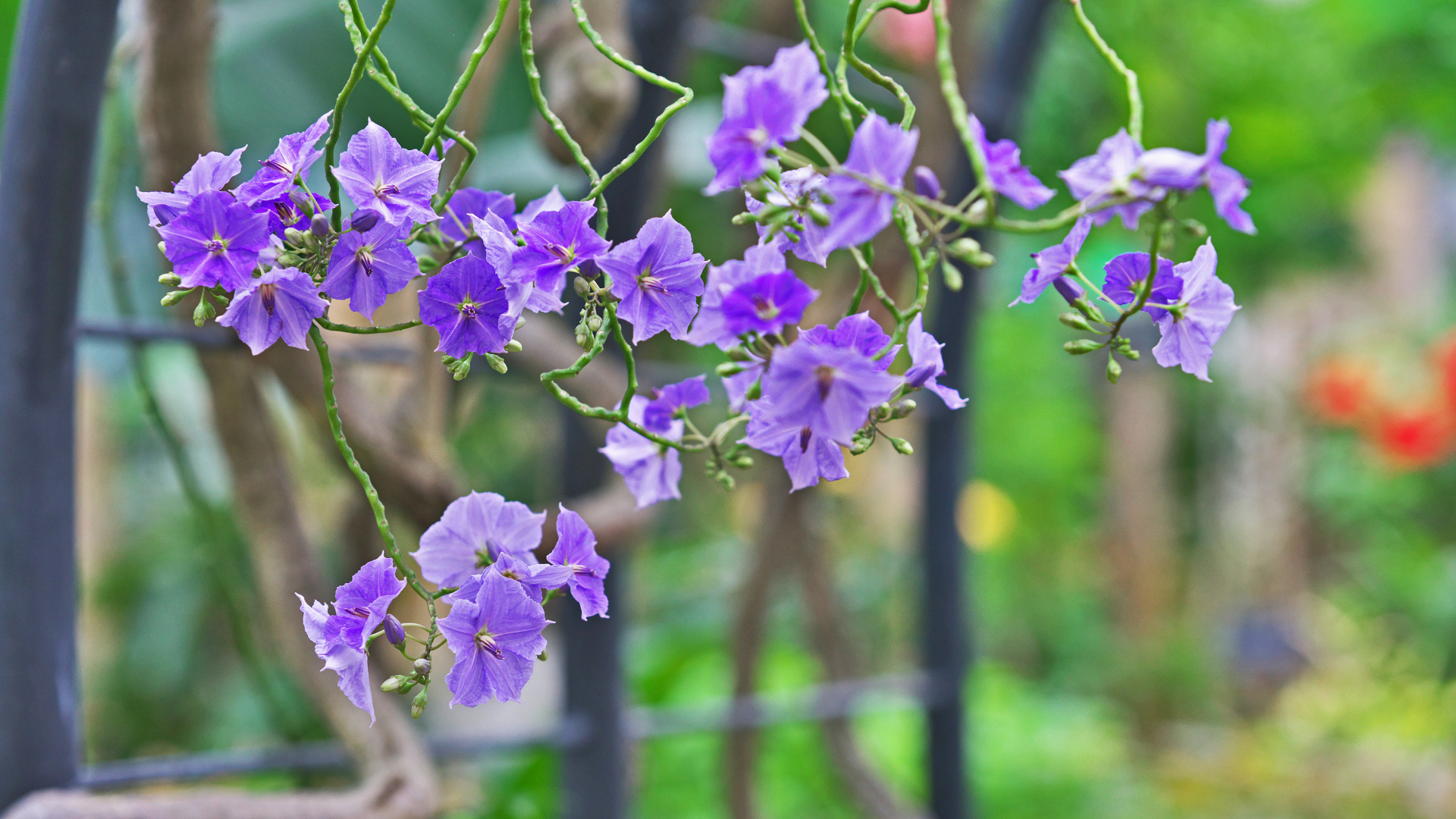
- Why It’s a Drawback: Produces tens of millions of seeds that birds unfold extensively, forming dense thickets that smother indigenous crops. It’s additionally poisonous to livestock.
- Higher Various: Buddleja salviifolia (Sagewood), Buddleja auriculata.
7. Mexican Fan Palm (Washingtonia robusta)
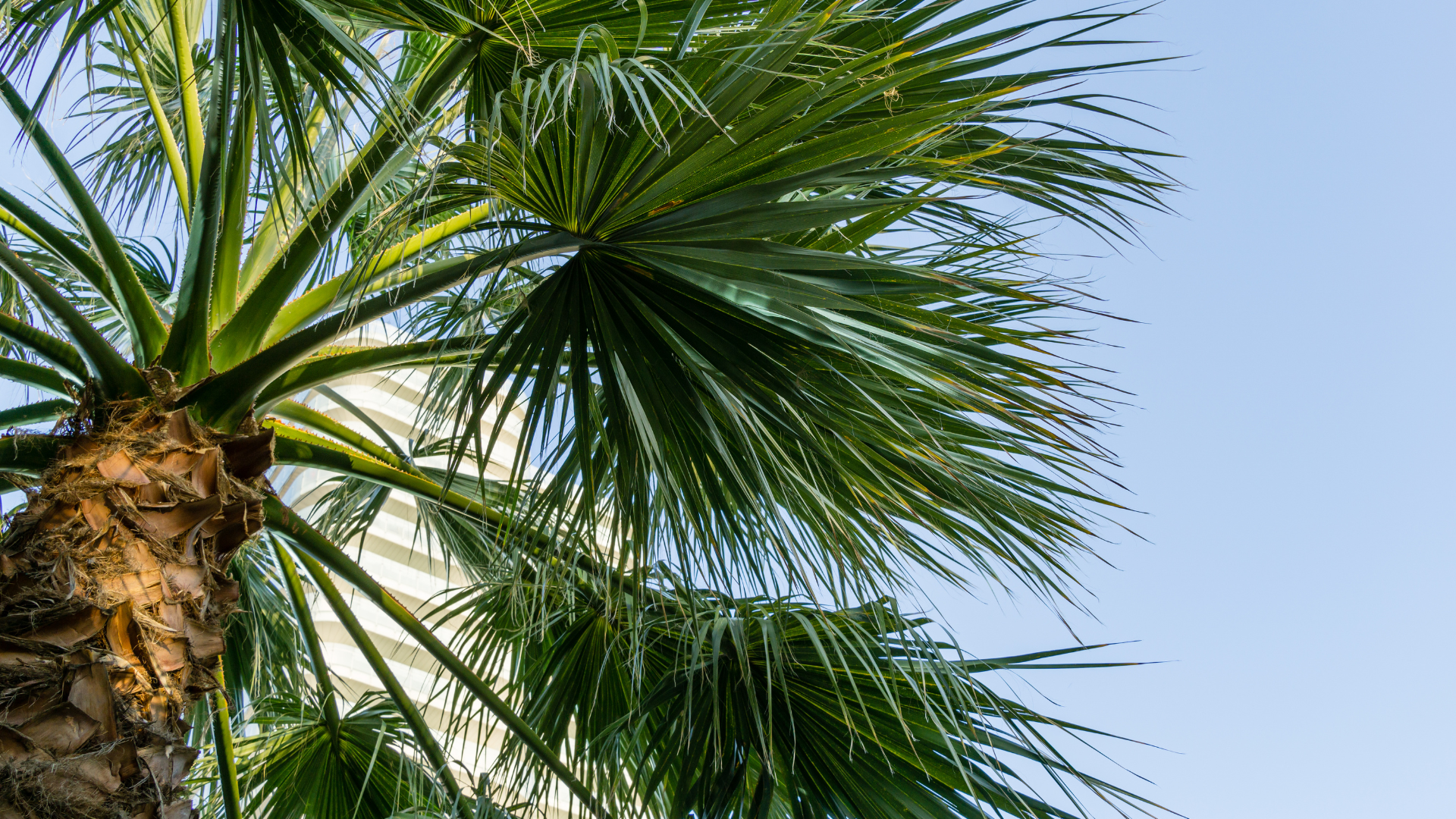
- Why It’s a Drawback: This palm species spreads aggressively alongside riverbanks, competing with indigenous palms and altering wetland ecosystems.
- Higher Various: Hyphaene coriacea (Ilala Palm), Phoenix reclinata (Wild Date Palm).
Why You Ought to Take away These Crops Too
Although these crops is probably not categorised as extremely invasive (Class 1), they nonetheless hurt native ecosystems by:
- Outcompeting indigenous crops for daylight, vitamins, and water.
- Altering soil composition, making it more durable for native species to thrive.
- Disrupting pure water cycles, contributing to drought situations.
- Offering poor meals sources for native wildlife, affecting biodiversity.
What You Can Do:
- Determine in case you have these species in your backyard.
- Progressively change them with indigenous alternate options.
- Keep away from shopping for or planting invasive species when landscaping.
- Search professional assist to take away and change these crops safely.
Remaining Ideas
Many gardeners unknowingly harbour unlawful and dangerous invasive species of their gardens. Whereas these crops could also be stunning, they threaten South Africa’s biodiversity and ecosystems.
By selecting indigenous, non-invasive crops, you’ll be able to create a surprising backyard that advantages the setting and native wildlife.















Leave a comment